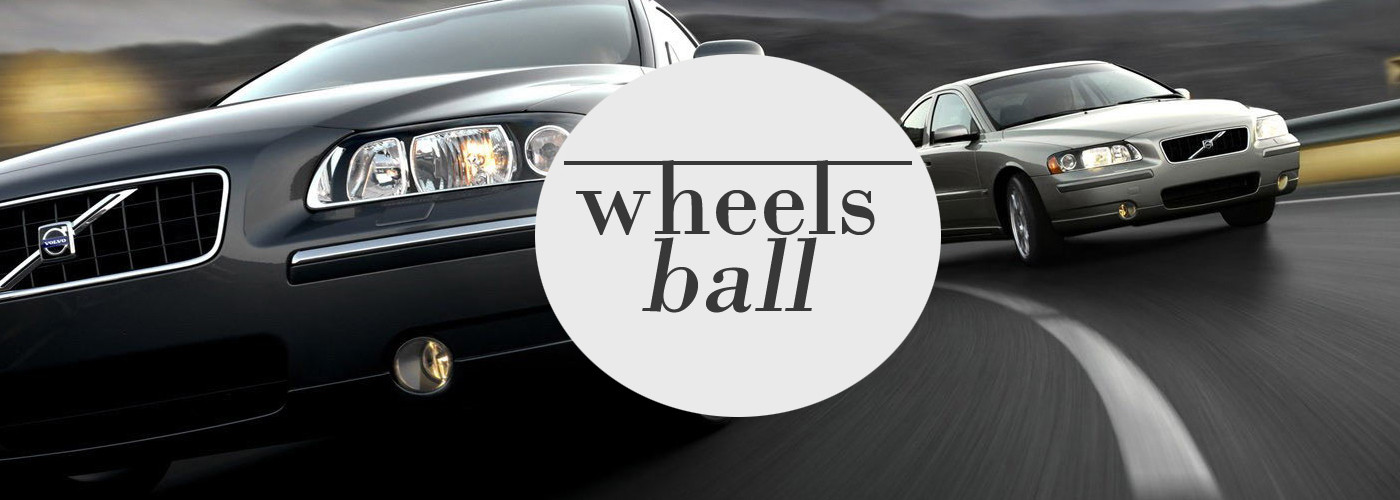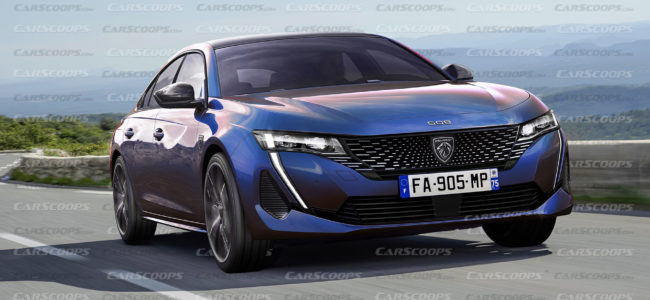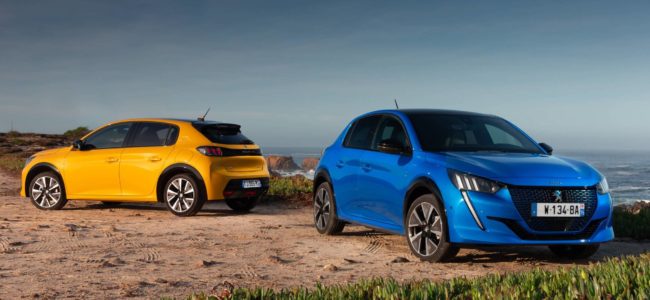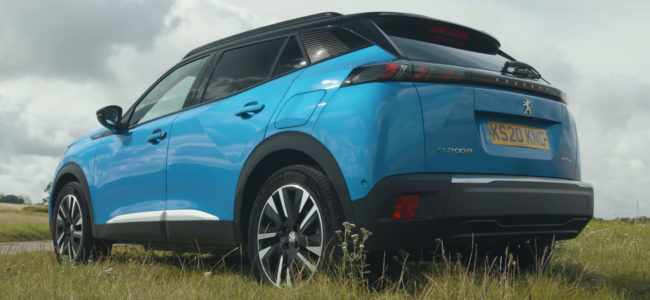This illustration was made by Jean Francois Hubert/SB-Medien for CarScoops. It is a speculative render that is neither related to nor endorsed by Peugeot.
The second-generation 508 is the flagship of Peugeot’s range, and one of the few remaining contestants in the midsize sedan segment. While it doesn’t show, the model debuted almost four years ago at the 2018 Geneva Motor Show which means that Peugeot could be working on a mid-life facelift.
The Peugeot 508 is considered one of the most stylish models in the D-Segment, adopting a low-slung five-door fastback coupé-saloon bodystyle. It is also the first production model to introduce the signature tusk-shaped LEDs on the front bumper that were later applied to the whole range. The facelift will likely build upon the successful recipe while adopting fresh design elements from newer models to freshen up its style.
Read Also: 2021 Peugeot 308 Unveiled With New Looks, Advanced Tech, And Two Plug-In Hybrids

As you can see from the speculative rendering created by Jean Francois Hubert/SB-Medien for Carscoops, the 508 could inherit the Peugeot’s latest crest emblem that is currently used only by the new-generation 308, alongside a redesigned grille just like in the facelifted Peugeot 3008 and 5008 SUVs from last year. The black accents and the 3D-style graphics make the grille appear larger despite being mostly covered for better aerodynamics.
Like the aforementioned SUVs, the 508 will likely get a redesigned bumper with additional faux intakes in the sides, further emphasizing the presence of vertical LEDs. The headlights could also get slightly redesigned LED graphics, merging nicely with the grille. Besides the new face, the 508 will likely remain largely the same, possibly with new options for exterior colors and wheel designs. The rear end could also get a few tweaks on the claw-inspired LED taillight graphics and the rear bumper garnish.
Read Also: Here’s What We Know About 2023 Peugeot 208 PSE Electric Hot Hatch
Since the current model is also available in estate form, chances are that the facelift will be adopted by the 508 SW. After all, Peugeot showed its dedication to low-slung family haulers with the premiere of the new-generation 308 SW earlier this year.
Despite being four years old, the interior of the Peugeot 508 still looks like it comes from the future, thanks to the high-mounted center console, the aluminum-style buttons, the inclined infotainment touchscreen up to 10-inches in diameter, and the 12.3-inch digital instrument cluster. However, there are a few updates that could make the dashboard even more attractive, including the addition of the 3D instruments from Peugeot’s latest i-Cockpit, alongside new trim options and more ADAS features as standard.
Like in most mid-cycle updates, the EMP2-based Peugeot 508 is expected to get slightly cleaner versions of the same engines. The French company has announced plans of electrifying its whole range by 2025, before going EV-only in Europe by 2030. This means that the updated 508 will be one of the last ICE-powered models by Peugeot.
Since electrification becomes more and more popular, the plug-in hybrid variants are expected to be the core of the range. Those are the Hybrid 225 e-EAT8 with a combined output of 222 hp (165 kW / 225 PS) and front-wheel-drive, and the 508 PSE (Peugeot Sport Engineered) performance flagship producing a combined 360 PS (355 HP / 265 kW) with all-wheel-drive.
Read: New Peugeot 508 PSE PHEV Launched In Germany, Costs More Than BMW’s M340i xDrive

The 508 was introduced with the 1.6-liter Puretech gasoline and the 2.0-liter BlueHDi diesel engines although later on, it became available with the smaller 1.2-liter PureTech and 1.5-liter BlueHDi producing 128 hp (96 kW / 130 PS). It is not clear if Peugeot will opt for a simplified ICE range giving more emphasis on electrification and lowering its fleet average emissions in Europe.
Besides the European market, the 508 is also available in the Middle East, and in China as the long-wheelbase 508L. Judging from the previous facelifts by Peugeot, the updated 508 could appear as early as next year prior to a 2023 market launch since the French automaker has already announced minor updates for the 2022 model year.

For GREAT deals on a new or used Nissan check out Gardena Nissan TODAY!





















